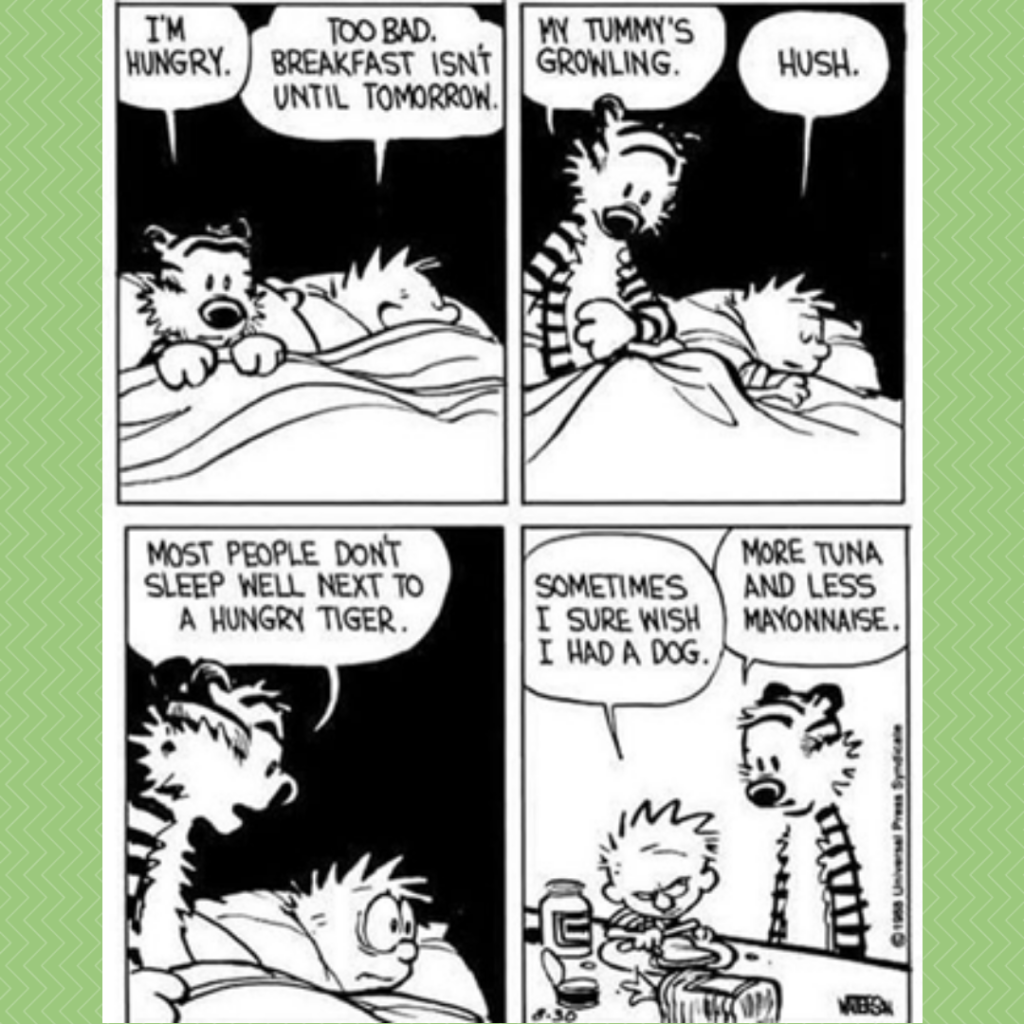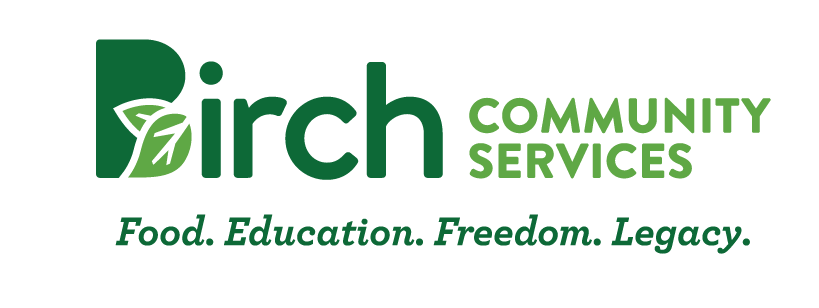
Feeling hungry or thirsty is a sign from our body that we need something! But how do we experience hunger or thirst, and how do we know when we’ve met those needs?

Hunger vs. Satiety
We eat for a lot of reasons – socialization, comfort, pleasure, stimulation – but perhaps the most basic reason is physical hunger! Our body uses hunger signals to encourage us to eat in order to gather and store energy for everyday living. But if you’ve ever been hungry and not felt totally full after eating something, you know it’s not as simple as consuming calories. Sometimes we’re hungry because we need energy, and sometimes because we have emotional needs. Either way, it’s hard to feel full if you don’t also feel satisfied.
Satiety is the sense of fullness or contentment that we experience when we have eaten enough of something to satisfy our hunger. Higher calorie foods can increase the sensation of satiety and decrease hunger, but other equally important factors include fiber, fat, and volume. More of these things helps you feel full faster and longer. Chewing your food thoroughly also helps to increase feelings of satiety!
A hormone called cholecystokinin (CCK) helps us register a sense of fullness through pressure sensors in the stomach; as your stomach fills up, CCK helps you literally feel full. Insulin, a hormone closely tied to blood sugar and energy, responds to this early sensation of fullness by making us start to eat less and less until we finally feel satisfied, at which point other hormones send signals that hold us over. This process gives our bodies time to digest what we’ve already eaten while our blood sugar gradually declines until we feel hungry again.
Thirst

Just as hunger signals our need for energy derived from food, thirst signals our need for fluids. You may have heard that humans are mostly made of water, and it’s true! Our bodies need water to maintain chemical and biological functioning for our brains, muscles, digestion, waste filtration, electrolyte balance – you name it, we need water for it!
You may start to feel thirsty after heat exposure, exercise, or going without consuming fluids for a period of time. Our need to hydrate fluctuates depending on our activities and exposures. This can be signaled by changes in blood pressure, sodium levels, or blood glucose. You might have heard that you need to drink 8 glasses of water per day, or half your body weight in ounces of water – but the truth is, it varies from person to person, from day to day. These are good starting points if you’re still learning how to listen to your thirst signals, but it’s okay to be flexible!
So, how can we notice these signals?
In the modernized world we’ve co-created, we can sometimes forget that humans are still instinctual creatures. We are born with a natural intuition about our body’s needs which is informed by both internal and external cues, but we can lose touch with this intuition due to social and cultural factors that influence our ability to hear or interpret our basic physiological signals. It might take practice and patience for some people to re-learn how to listen to their body!
There are some common signs you can look out for. You might feel your stomach contracting or hear it making gurgling noises when you need to eat. You may also feel tired, have difficulty focusing, or feel a slight shakiness in your body. Some people experience hypoglycemia, which is an extreme version of these symptoms indicating an immediate need for energy. When you’re full, you might notice that these sensations decrease and feel some pressure in your abdomen. With thirst, you might notice a dry mouth, headache, tension, or decreased awareness and cognitive functioning. If left unattended, thirst can develop into dehydration.

Do you feel hungry or thirsty all the time? Are you not sure how to recognize your own physical needs? Have you been confused about your cravings?
That’s okay. With practice you can reconnect with your body’s own personalized wisdom without judgment. Here are some small but powerful ways to get started:
- Check in with yourself a few times a day for one week to rank your hunger and thirst on a scale from 1 to 10. This will help you establish a baseline for how easily you can currently interpret these signals.
- Practice having a mindful moment before each meal. This can come in the form of prayer, deep breathing, a body scan – anything that briefly brings your attention inward without feeling overwhelming.
- 10 minutes after finishing a meal or drink, check in with yourself again. Are you still hungry? Thirsty? It’s okay to go back for more!
- Honor your body’s signals for hunger and thirst, and give yourself grace when you miss them! Relearning how to listen to your body takes time, just like unlearning.
If you have questions or could use a little encouragement on this journey, I’d love to chat. Feel free to reach out at jasmin.conklin@nunm.edu.
